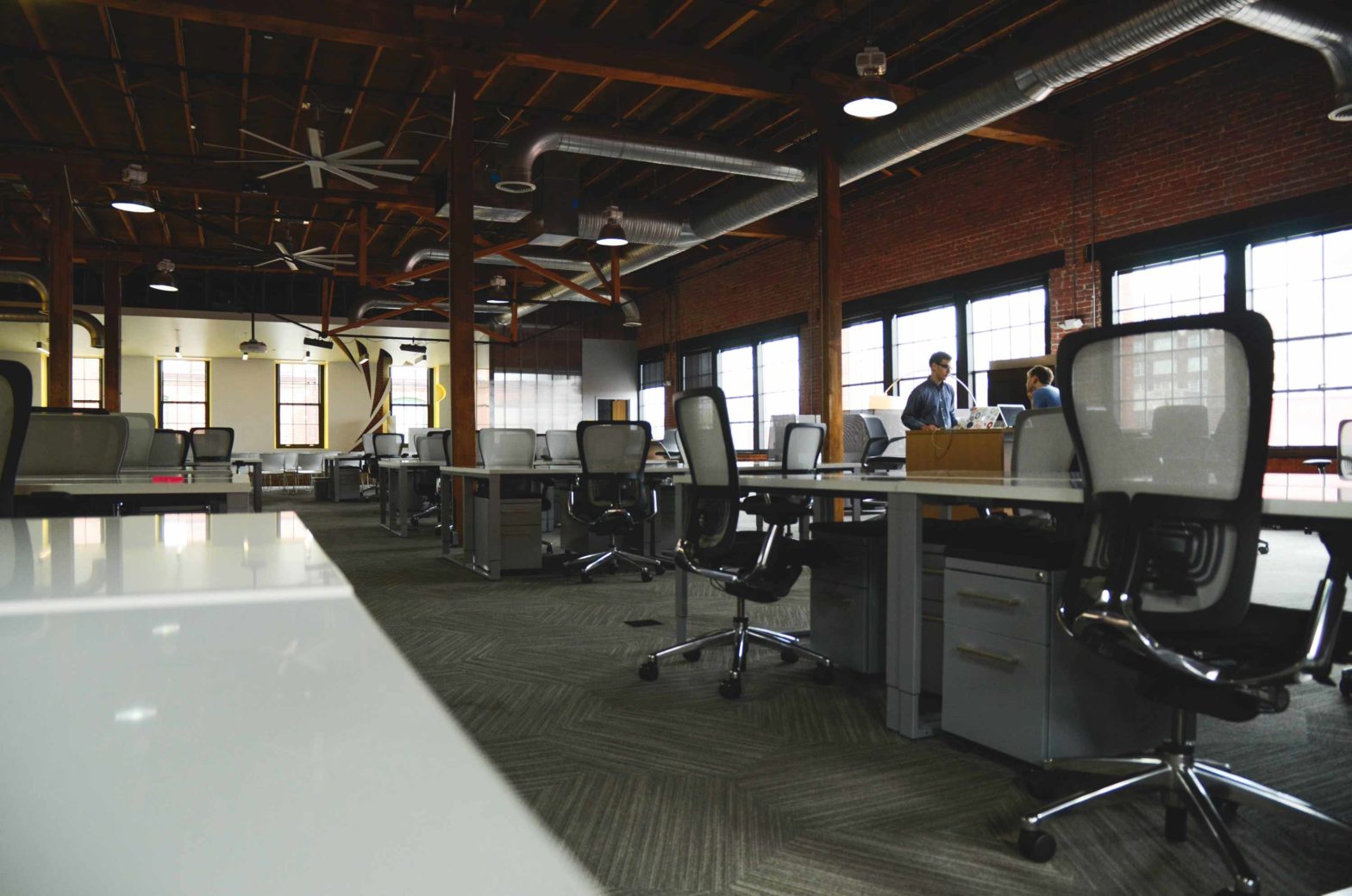Experienced managers know that the costs of maintaining workspace can far exceed a simple rental payment. This is particularly true in large companies that manage many employees across several operational divisions. Every square foot of working space demands a rental payment, the maintenance of utilities and services, and several other implicit costs. As a result, optimizing the efficient use of workplace square footage can save businesses time and money while improving employee experience and boosting morale company-wide.
Costs associated with maintaining physical workspace
Those responsible for the management of workplace square footage, from each individual facilities manager to the CFO, may be familiar with the explicit costs of this important company resource. However, most managers considerably underestimate the true costs of working space, which greatly exceed the monthly payments due under an office rental agreement.
Every square footage of working space requires a constant flow of revenue to ensure that utilities and services are connected, taxes are paid, rentals are maintained, and employees are able to use the space as intended. For example, consider the cost an individual pays for an open seat in a coworking space in New York City: a staggering $450-$500 per month. This is a more accurate measure of the true cost of working space in the city, as top coworking spaces price open seats based on actual costs, including everything from utilities and taxes to office supplies and employee amenities. Private office space is even more expensive, running at $1,000-$1500 per office space seat per month. These rates are far beyond the simple rental rate paid for commercial space, which is only around $80 per square foot in NYC, and a record high $31.29 per square foot, across the US. However, they reflect a more accurate estimate of the true cost of maintaining a physical workspace.
Productivity experts commonly use the 3-30-300 rule to estimate the true cost of working space. This helpful approach illustrates the typical order of magnitude for a company’s property costs. For each $3 a company spends in utilities, it will spend $30 in rent, and $300 in payroll per square foot of working space per year. While real-world conditions vary greatly, this estimate is a helpful way to assess the potential savings of a particular workspace-related policy. For example, increasing energy efficiency in an office by 10% would save a company an estimated $0.30 per square foot per year.
Altogether, the average company’s workspace amounts to the second largest overall expense and the single largest fixed cost it manages over time. Because workplace square footage is such a large expenditure, most companies could greatly benefit from increasing the economical use of working space. This is particularly true in the face of changing working conventions, including the rise of freelancing and increasing employee time spent working from home, which often leave many workstations vacant. A recent Herman Miller study indicates that private offices are unoccupied 77% of the time, and workstations are unoccupied 60%.
These unoccupied spaces, whether it’s a workstation, private office or conference room, may as well not exist. But they do, and companies are paying for them. For example, consider a company that typically allows for 10 days of vacation per employee. Multiply that by the number of total employees, say 100 employees. This gives us 1,000 vacant workstation days per year. Now let’s consider a 5-day work week and assume an average annualized workstation cost of $18,000.
1,000 (workstation days) / 242 (possible work days) X $18,000 (annual cost) = that’s $74,380 wasted annually. The current utilization or workstations in the above example is 60%. Just imagine reducing the number of workstations by even a conservative 10% to 90 workstations, and a company can save a whopping $180,000 per year.
Software as a Solution to optimize the workspace
Workspace is a hungry beast that constantly needs feeding, and this diet can be more expensive than most managers realize. However, by deploying cutting-edge technology like enterprise software solutions designed to optimize the utility and efficiency of every square foot of working space, companies can save substantial time and revenue.
Computer Aided Facility Management Software (CAFM) uses sophisticated data tracking and analysis tools to help companies make the best possible use of their working space. These programs, such as our very own Seating Allocation System, help managers cut costs by optimizing space management. POC’s sophisticated seating allocation system can transform a company’s traditional use of office space into a more intuitive, efficient, and cost-effective process. This is possible through the use of cutting-edge tools like move management, which helps large companies simulate and plan effective employee’s seating arrangements and office layout. This is a particularly smart cost-saving measure when implemented concurrent with a move, remodel, or update to office facilities.
By helping make sure that every desk, facility, and office space is designed to be used effectively, CAFM tools can reduce property costs considerably. Property costs weigh heavily on the average company’s Balance Sheet, and underutilization of workspace square footage costs large companies more than they may realize. Facilities managers can help save organizations millions by carefully considering the use of every square foot of working space and deploying technological solutions like CAFM to increase the economical use of company property.
